Getting to the Golden Hour
Michele Anderson, the Rural Program Director at Springboard for the Arts in Fergus Falls, explores how insider/outsider narratives shape perceptions about rural places, and how the complex ways we relate to a place can give rise to our responsibilities within community.
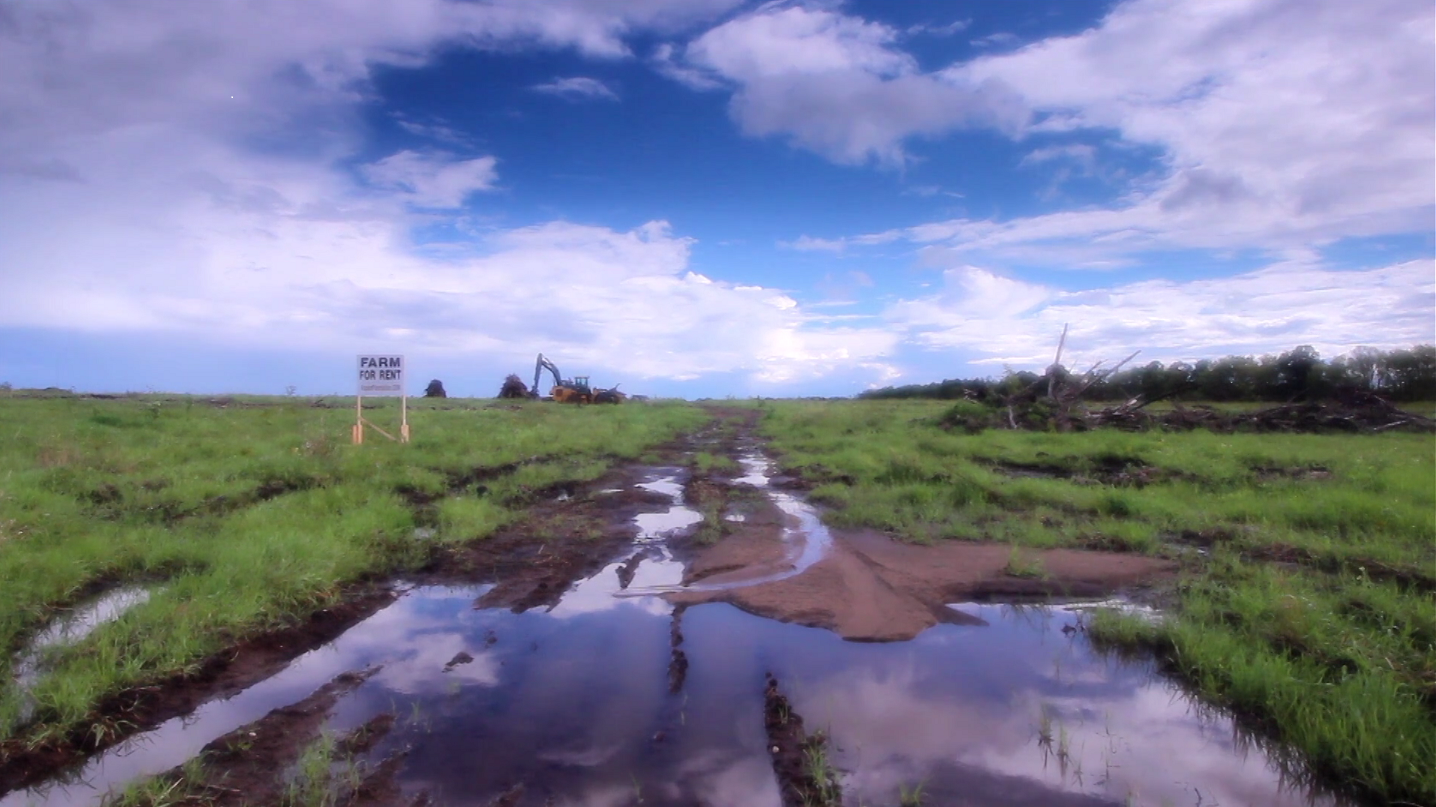
From my family, I inherited many things, including a love for driving around Otter Tail County. If we can’t physically be in the water, the next best thing is a summer evening on highways 1 or 24, when the lakes look like glass, and the grass turns a distinctly soft and bright green. It’s the golden hour, and all feels okay for a fleeting moment.
Lately, I have been hosting a lot of artists and other visitors. Because of this, I’ve been thinking about how much time it takes to really get to know a place and see it for what it is. As a host, I show my guests a lot of things, but the golden hour moments, when the conditions create the quiet beauty of a Charles Beck print, can’t be planned for or put on a calendar. If they do happen, the trust for whomever I am with expands – I feel like they’ve finally seen a part of my soul, because in meeting that glassy water transitioning to sky, they’ve also met my childhood self, and my relatives.
I’m not from here. I first entered this area as a child: a visitor, a vacationer. We had a family cabin on Lake Lizzie, a little red one-story cottage, which was halfway between the small towns where each of my parents grew up, Barnesville and Rothsay. That little cabin was a sort of museum for both of my family’s possessions—books, furniture, magazines, and clothing—that were in some kind of transition from one era to the next. While temporary and seasonal, the rituals of cabin life were so distinct that I can recall those memories hundreds of times more vibrantly than daily life in my hometown.
Now I am a “permanent” resident of Otter Tail County. I’ve been here for seven years, I own a home, I serve on committees and boards, and I hide in booths at restaurants when I’m not in the mood for “shop talk.” To rural Minnesota, I am a “homecomer” because I grew up in a tiny town, lived out on the coast in my 20s, and came back. But what am I to Otter Tail County? What is a word for making the choice to put down roots where your extended family lives, or where you spent summers and Christmases, but never lived? And what is my specific responsibility here and now, as an artist, a woman and leader?
Often on those drives around the county, my husband is with me, and we compare stories about our work. He works on invasive species issues in Otter Tail County. We have over 1,000 lakes here, and many of the small cottages, like the ones he and I grew up going to, are being swallowed up by new development. His days are spent interfacing with many of the new, wealthy, urban-based lake property owners. I admire his practical acceptance of his place in this timeline. He’s working in his own way to bridge multiple truth—what it means to protect a lake from invasive species like zebra mussels or starry stone wart (which often arrive in boats from folks using public accesses), and the importance of our waters being protected as public spaces. His work has a sort of metaphorical irony, which goes deeper when we check ourselves on our protectiveness of this place. Knowing that our family and community legacies were built on stolen Dakota land, mourning the loss of this quaint cabin heritage is a privilege I am constantly aware of. There’s a paralyzing dissonance between addressing colonialism here, and dismantling the extractive norms of urban-rural relationships. It’s hard to know what to protect or build anymore.
My husband and I, like many of our colleagues and close friends, are navigating a huge responsibility for defining our generation’s role in this time as rural citizens. Not very much is clear, except that perhaps we need to lead our own unlearning process of the systems and dichotomies we’ve inherited—whether that’s how lakes are stewarded, how arts and culture are brokered, what a downtown offers, or who represents us at the local, state and national level. We’re hyper aware of the part we play in larger national discussions on economy, health, environment and systemic racism, and we work around the clock, from early mornings in our offices to late nights out with friends at the VFW trying to tinker with, shore up, and share the resources we have, understand our blind spots, and ask for help from outside perspectives when we need it.
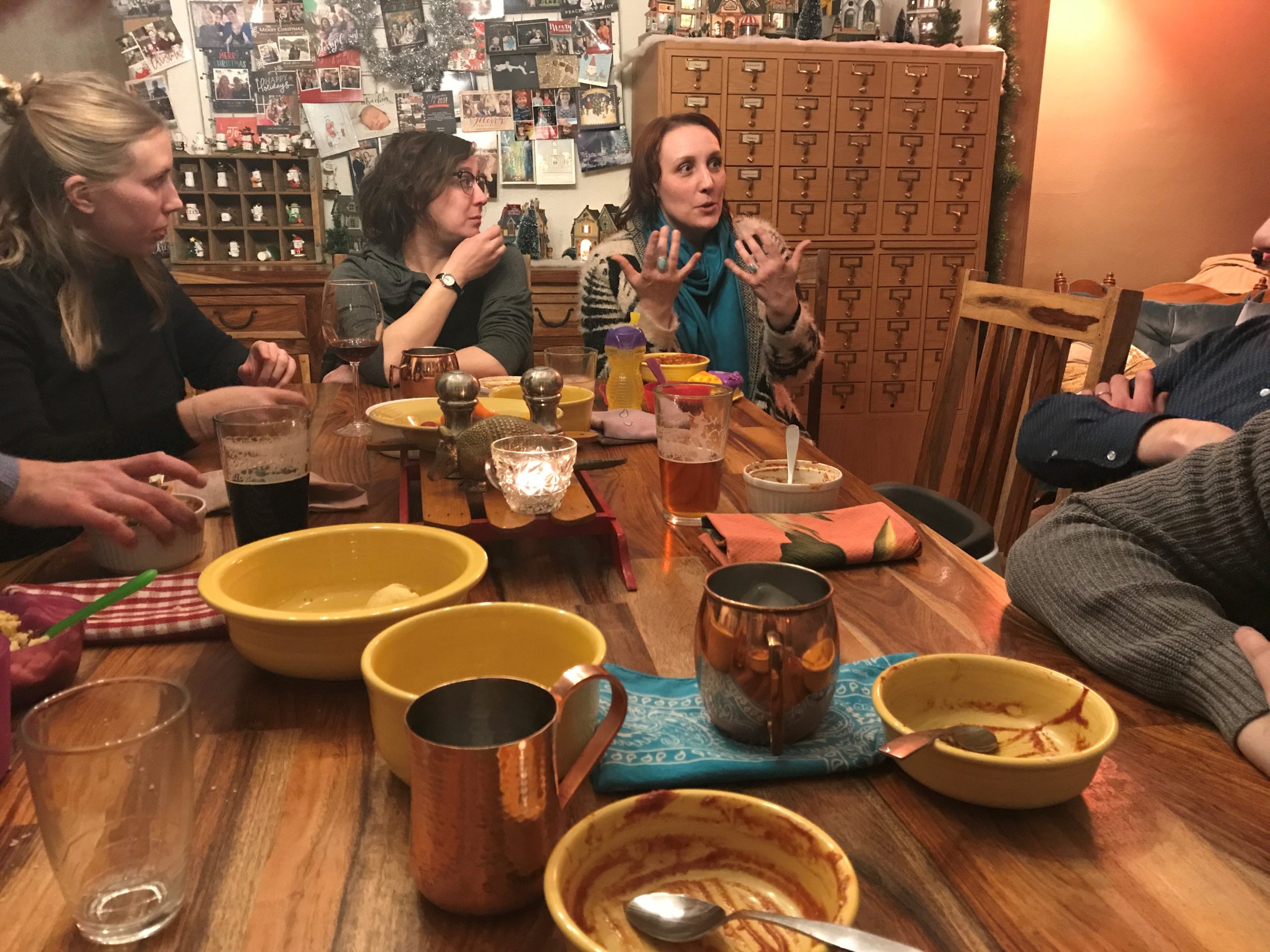
And yet, because our urban colleagues, or older leaders in the community, so often underestimate us in a wide variety of contexts, a necessary stubbornness rises up from time to time, as we try to carve out our own voice and platform in both local and national conversations. Much of this advocacy of holding space for complex relationships and multiple truths is being led by young women, many of whom are artists. We’re like chameleons, moving back and forth from being protective of what already exists and fiercely optimistic for what’s possible. We’re looking for another kind of golden hour.
In Fergus Falls, we’ve had a lot of visitors lately—mostly journalists, academics or artists—hell-bent on observing and demystifying rural identity over the last year and a half. Most of the journalists have come looking for two different extremes. One is of hope, creativity and revival, and one is of anger, bigotry and decline. Rarely is the in-between given time or care, which is not surprising, since that’s the most interesting and the hardest to articulate. That’s where the work really is, and it takes time to get there with a place and its people.
The most drastic and jarring visit was last winter, when a German journalist from Der Spiegel visited for four weeks, and then wrote an exposé on Fergus Falls headlined “In einer kleinen Stadt, die sonntags für Donald Trump beten” (“One month in a small town, where they pray for Trump on Sundays”). The journalist, Claas Relotius, unabashedly assumed that we small town Minnesotans wouldn’t have access to the article when it was published, let alone translation skills, to discover that he invented entirely fictional stories about individuals or events in our community, and only really visited to take photos that would support the story he had already made up.
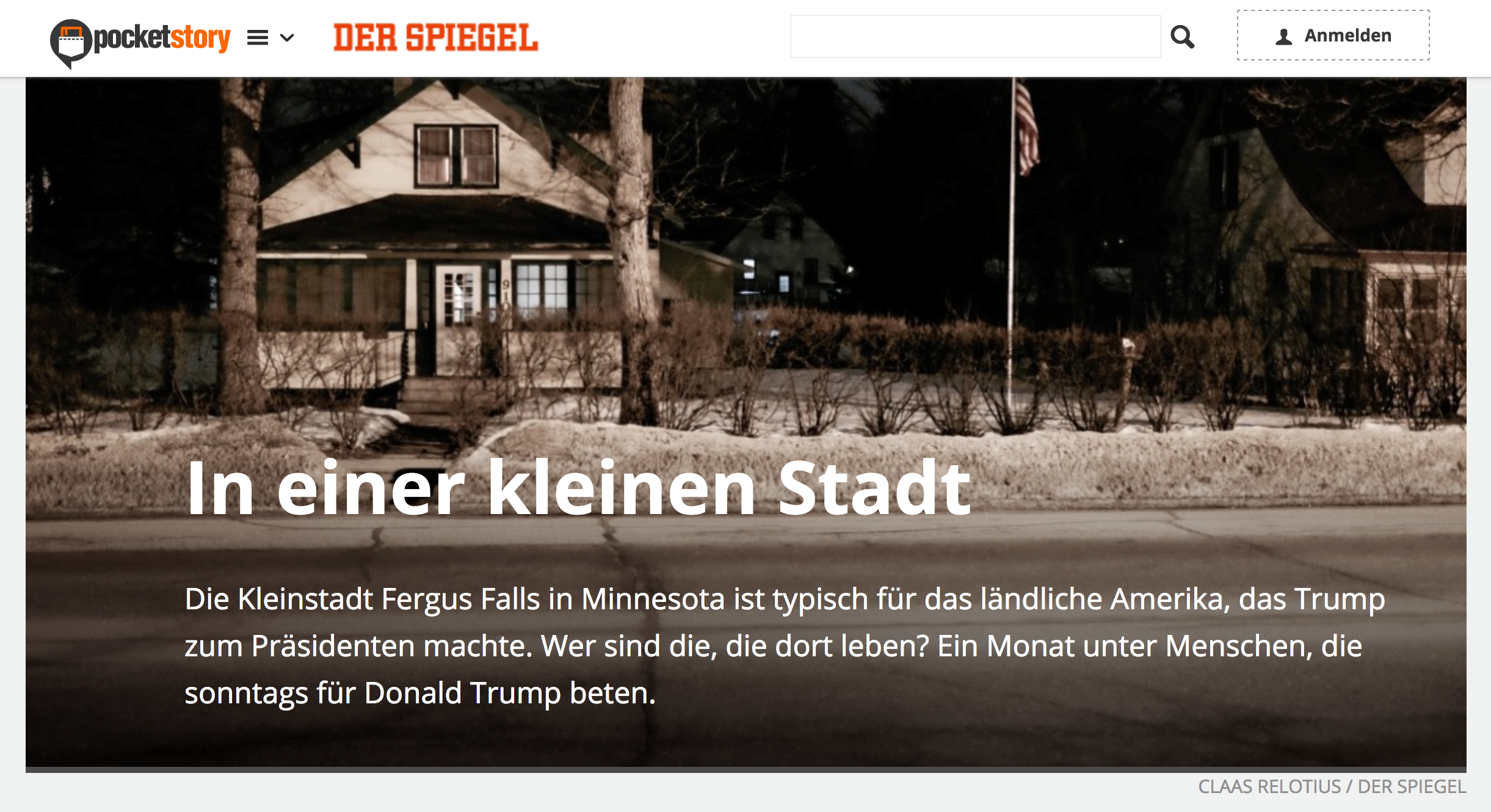
Other times, metro-based journalists visit, and act practically surprised to see vibrancy and life here, calling the everyday work of small town creativity “revival,” “reinvention,” “renaissance.” I embrace those words at times, and yes, some of the journalists get it right. And yet when I read those words, I worry about the effect of these flurries of articles on older, long-time residents that have seen more than I have, or people who don’t feel welcome here, or people who grew up here and wish they could leave, or other towns with better stories. Even words of hope and possibility are divisive, and leave out the nuanced work that is happening in rural communities on a daily basis.
You would think this anthropological gaze on rural identity would make us “LOL” at more requests from visitors, and yes, sometimes I am tempted to reply with just that when I get emails from artists who propose ambitious projects with one or two weeks’ notice, assuming we’re all just waiting around for things to happen to us. Instead, knowing that exchange (artist-to-artist, rural-to-rural, urban-to-rural, citizen-to-citizen) is more important than ever right now, we are doing what we can to invite artists here on our own terms. Our residency program, Hinge Arts, is a mechanism in which the community makes the invitation and the timeline, not the other way around. When we launched the program in 2015, we thought we were merely responding to the need to shake up conversations about an endangered historic building. That felt like enough, to be honest. But now we see that the Fergus Falls State Hospital, and all it represents, was just a departure point—the early rumblings of a larger weather system that we were intuitively preparing for.
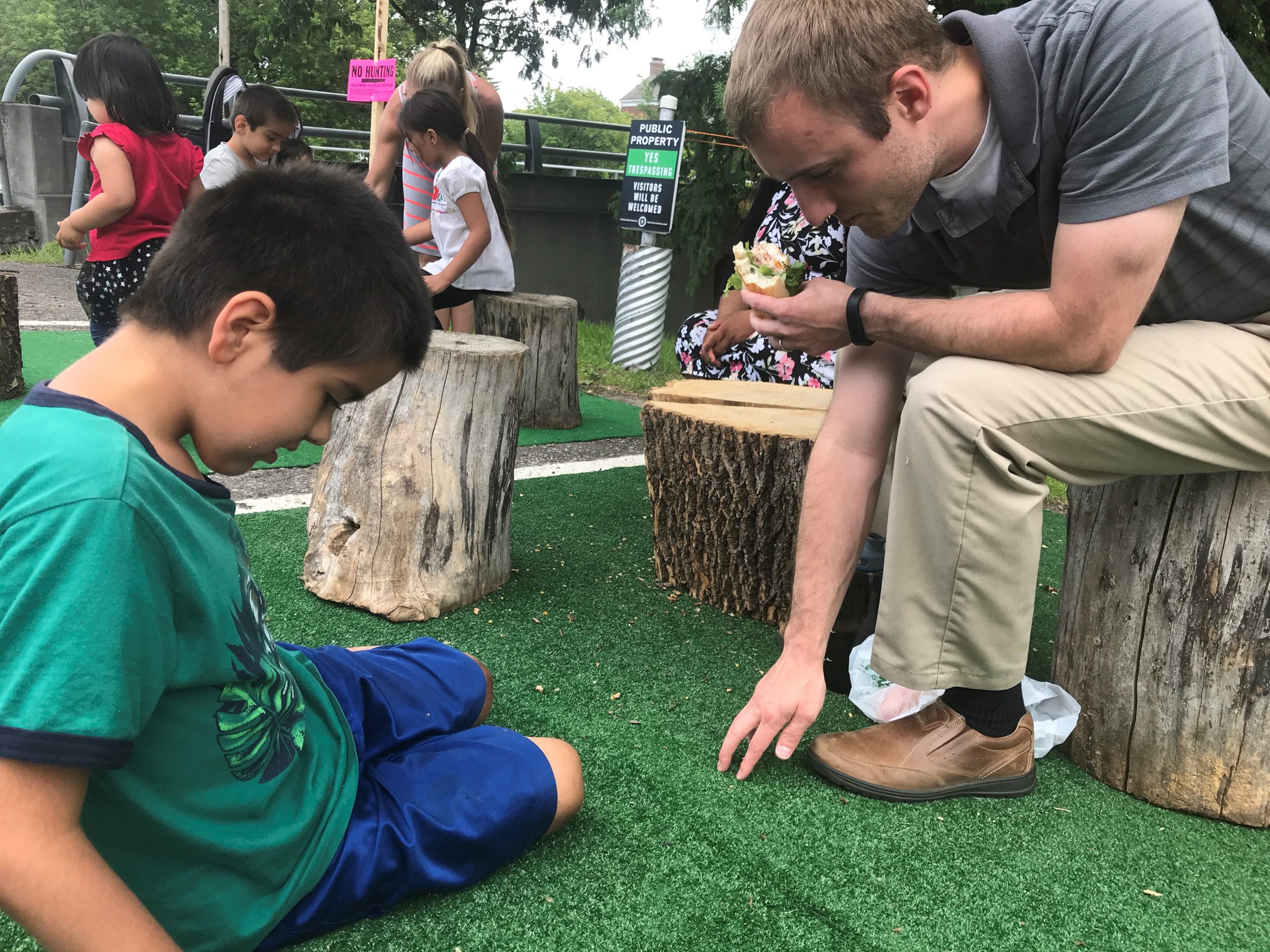
Without having anticipated how the 2016 election would impact our community, the network of resident artists, combined with local artists and community members, has helped create that middle space that so many places need right now: a space to explore our faults and our assets candidly and joyfully. With Springboard’s long-time philosophy of “lots of little” in mind, we’ve supported both local and visiting artists’ responses to all kinds of issues, like the creation of a pop-up park in a hotly-debated lot by the river, the first ever drag show in Fergus Falls, a website about native plants in Otter Tail County, performances about mental health, and more. We even started a “Homecoming” residency to see what happens when we invite artists to return to the region that defined them in their youth, and found that there are artists out there who have complex relationships with this region—making a unique context for creativity, reflection, growth and exchange. If we were too entrenched in our stubborn protection of our story and unaware of how multicentered our world is, there are so many things we wouldn’t have discovered yet, so many crucial relationships that wouldn’t exist.
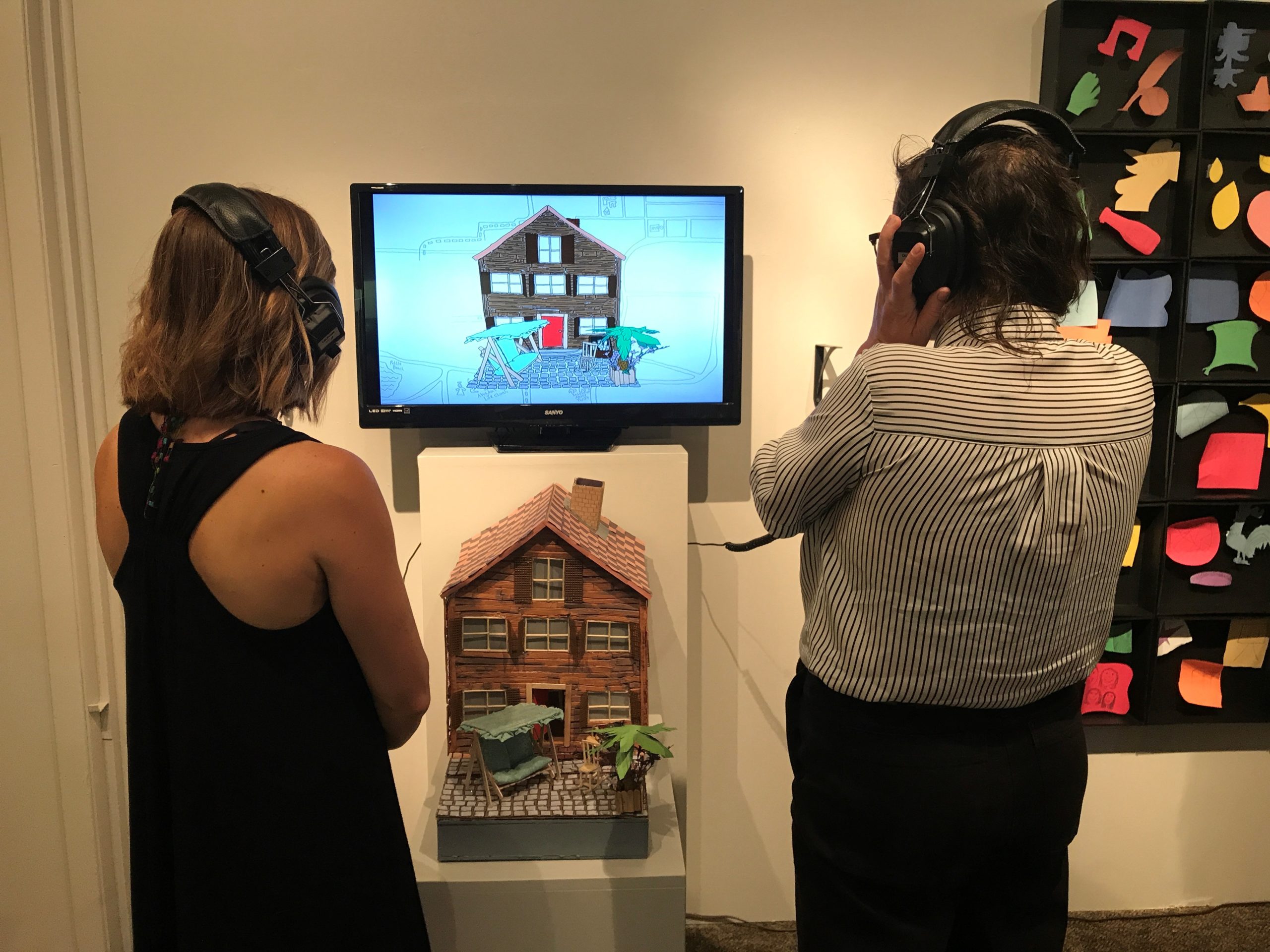
Recently, I was momentarily gutted when an older, male leader in the community approached me to say that it’s time we all have a shared vision and do something bigger, more permanent in the arts in Fergus Falls, instead of just “picking at scabs.” No doubt, this interaction, and my inability to respond in the moment, reminds me that there is still so much to do. Much of that work might be in articulating new measures for success that have more to do with relationships and exchange than with the built environment. To be clear though, I believe this work needs more examination with local community decision-making and culture-supporting bodies—like city and county governments, museums, schools and businesses—than with (or for) philanthropy leaders, journalists or policymakers who don’t live here. There is a craft of community-making that we’re rediscovering together (not inventing) each day, and I believe it can lead us to something more beautiful and complex than a shared vision, something closer to what J.K. Gibson Graham describes as “sites of becoming and belonging.”1
Like the golden hour, we know it when we see it. I think we can get there together. Those of us that have resources like space, money and social capital need to dive in the process of inviting people, even those we’re not sure we trust, to try, to respond, to practice relating. Community grows from that first try, and from there, it starts to take care of itself in ways you would never have expected. I don’t think we should ever be afraid of how impossible this is to measure, predict, control, define, or take credit for.
In the meantime, when I’m unsure of what to say or do, I re-read my favorite Wendell Berry poem, the Mad Farmer’s Liberation Front, which says this: “every day, do something that won’t compute.” That’s the only “best practice” that I can try to live by these days—embracing outcomes that we can’t articulate, or schedule on a calendar, or explain in a social media promotion. I think this mindset will help us foster all of the possible new ways of caring, thinking, making, creating and being that we need right now, no matter where home is.
More on that another day. It’s time to go for a drive through Otter Tail County’s lakes and prairie. Maybe you can join me sometime and we can talk about all of this.
This piece was commissioned and developed as part of a series by guest editor Matthew Fluharty.